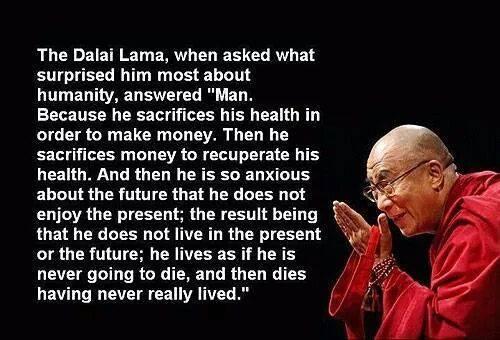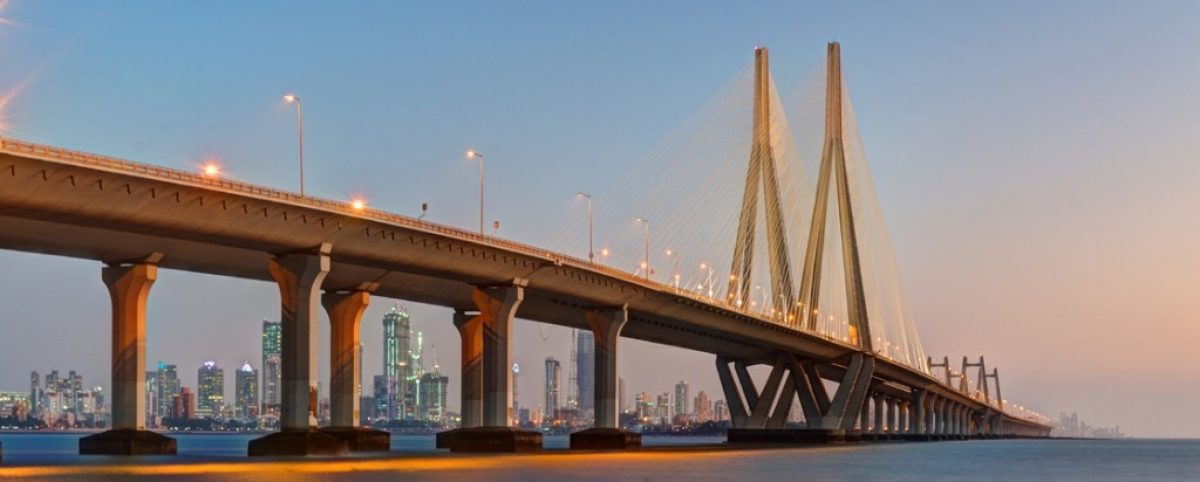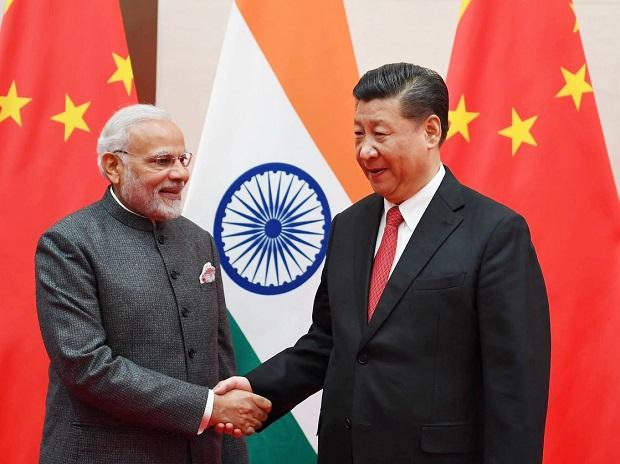Effective business leaders have the art of using the right words at the right time.
I like a combination of my grandmother and the Buddha for inspiration.
Grandma used to put it this way: “If you can’t say something nice, say nothing.” This is a wise caution against being too critical of others. She would have liked this quote from the Buddha: “If you know anything that’s hurtful and untrue, don’t say it. If you know anything that’s helpful and untrue, don’t say it. If you know anything that is hurtful and true, don’t say it. If you know anything that is helpful and true, find the right time.”
This becomes an effective restraint against communication mistakes, but how can we project ourselves and connect with others?

By changing the way you see yourself, and changing the way others see you, your personal brand and real leadership can develop and inspire others.
The first big change is to accept that in a modern world it is not enough to be very good at what you do – whether your skill is a profession, science, IT, engineering, health, a trade, finance or consulting. In addition to being the best at what you do, you have to have an impact on those you serve and this comes down to improving your communication and leadership. In that way, you create a positive personal brand.
You can improve communication by studying how business communicates, but also making big advances if we combine this with the wisdom of the ages, with the thoughts of great thinkers and spiritual leaders.
One of the barriers is that we make assumptions about people that often turn out wrong. If we assume a person is not interested in us, we become tongue tied or stay away – it is the assumption that is the barrier.
There is an alternative and I could find no better source than this quote from His Holiness the Dalai Lama: “Wherever I meet people, I always have the feeling that I am encountering another human being, just like myself. I find it is much easier to communicate with others on that level. If we emphasise specific characteristics, like I am Tibetan or I am Buddhist, then there are differences. But those things are secondary. If we can leave the differences aside, I think we can easily communicate, exchange ideas and share experiences.” This is a great soft skills lesson.
This western and eastern thought process was so beautifully developed by a western nun and great author in the Tibetan Buddhist tradition, Pema Chodron, who said: “When you open yourself to the continually changing, impermanent, dynamic nature of your own being and of reality, you increase your capacity to love and care about other people and your capacity to not be afraid. You’re able to keep your eyes open, your heart open, and your mind open. And you notice when you get caught up in prejudice, bias, and aggression. You develop an enthusiasm for no longer watering those negative seeds, from now until the day you die. And, you begin to think of your life as offering endless opportunities to start to do things differently.”
But this attitude needs to be combined with some of the communication lessons from corporate communication, showing how we can be more successful making new friends and lead by:
· Listening to people
· Speaking in ways they understand
· Not being scared of being different
· Creating something interesting to do
· Making relationships fun
I know you can do it.

 My point is simple – when we understand cultural differences we can then adapt our behavior and communication while remaining true to our own culture.
My point is simple – when we understand cultural differences we can then adapt our behavior and communication while remaining true to our own culture.

























